Strategies for Reducing Your Debt
Debt can feel overwhelming, weighing you down with constant stress. When left unmanaged it can feel like there’s no way out, especially when you’re juggling high-interest payments and struggling to make ends meet. Without an effective plan and strategy in place, the pressure only mounts, holding you back from achieving financial freedom.
The first step in tackling debt is recognising that not all debt is the same. Differentiating between good and bad debt can help you prioritise which debts to pay off first. For example, credit card debt with high interest rates should be addressed before more manageable debts like student loans or mortgages. By understanding your debt structure, you can make smarter decisions about where to focus your repayment efforts.
Understanding Different Types of Debt - Unsecured vs. Secured
Understanding the different types of debt is key to managing your financial situation effectively. There are generally two broad categories of debt: secured and unsecured.
Secured debt is backed by an asset, like a home or car. Examples of secured debt include mortgages and auto loans. This means if you fail to make payments, the lender can repossess your asset. Mortgages, while being a form of debt, often come with relatively low interest rates and are typically seen as a good debt because they are an investment in an asset that usually appreciates over time.
Unsecured debt, on the other hand, is not tied to any asset. This includes credit card debt, medical bills, and personal loans. Because lenders take on more risk with unsecured debt, these types of loans typically come with higher interest rates. Credit card debt is a prime example, often carrying steep interest rates that can make it challenging to pay off.
Understanding these differences can help you prioritise which debts to tackle first and manage your repayments more effectively.
Creating a Debt Reduction Plan
Developing a debt reduction plan is crucial for taking control of your finances. Start by listing all your debts, including amounts owed, interest rates, and minimum monthly payments, to get a clear understanding of your current situation. With this overview, you can create a systematic strategy to pay down your debt.
One popular approach is the snowball method, where you prioritise paying off the smallest debts first. This method provides a psychological boost as you quickly eliminate debts, helping you stay motivated.
Alternatively, the avalanche method focuses on paying off debts with the highest interest rates first, saving you more money in the long term by reducing the overall interest paid.
Whichever method you choose, it’s important to set realistic and achievable goals. Allocating any extra funds, such as tax refunds or bonuses, towards your debt can also accelerate your progress.
Effective Debt Reduction Strategies
Finding effective debt reduction strategies can make all the difference in managing your finances. One popular method is debt consolidation, which involves combining multiple debts into a single loan with a lower interest rate. This can simplify your repayments and save you money over time. It's important to shop around for the best interest rates and terms to make sure consolidation works in your favour.
Another strategy to consider is salary sacrificing, particularly for paying down debt quicker. By agreeing to forego a portion of your pre-tax salary in exchange for additional superannuation contributions, you reduce your taxable income. This means more of your income goes directly towards your retirement savings or debt repayment rather than being lost to taxes. Besides increasing your super, this strategy can free up available cash flow to tackle more immediate debts.
Finding Balance
While paying down debt is important, it shouldn’t be your only financial priority. Eliminating debt before retirement is a valuable goal, but focusing solely on debt repayment may cause you to overlook other key areas of your finances. Building savings and investing are equally critical components for securing a financially free retirement.
By balancing debt reduction with saving and investing, you create a more well-rounded approach to your long-term financial well-being.
Maintaining a Debt-Free Lifestyle
Once you've worked hard to pay off your debt, it's important to adopt habits that ensure you stay debt-free.
Building an emergency fund is a crucial step. Aim to save at least three to six months' worth of expenses in a separate account. This safety net will protect you from resorting to credit cards or loans in case of unexpected expenses like car repairs or medical bills.
Implementing a cash flow plan. Budgets can often feel restrictive, making it hard to stick to them in the long term. Instead, consider implementing a cash flow plan by allocating specific amounts to different accounts. This approach helps you stay more mindful of your spending while keeping track of how much money is coming in and going out. By structuring your finances this way, you can manage your cash flow more effectively without feeling constrained.
Avoid lifestyle inflation. Just because you earn more doesn't mean you should spend more. Always try to live within or below your means
About the Author
John Cachia is a seasoned financial adviser and dedicated parent of three boys. With a passion for financial literacy and wealth management, John has been in the industry since the young age of 14. His early start in finance has provided him with a wealth of experience and insight, which he now uses to guide families towards achieving their financial goals. As Australia's leading wealth adviser for young families, John is committed to helping parents become positive financial role models for their children, ensuring a secure and prosperous future for the next generation.


